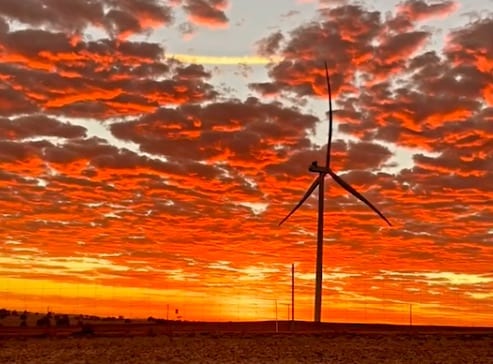Western Australia is being urged to look to use more battery storage, and more aggregated rooftop solar as part of efforts to reduce the curtailment of wind and solar as it seeks the lowest cost path to net zero emissions.
The plan is one of the main recommendations of the state’s newly released Infrastructure Strategy document, which says the recent Whole of System Plan needs to be updated soon because it failed to test the lowest cost pathway to reach the zero net emissions by 2050.
The update to the WOSP, the WA equivalent of the Integrated System Plan developed by the Australian Energy Market Operator for the country’s main grid, appears to be an admission that the original document did not go far enough in mapping out a blueprint for a clean energy transition.
“Despite the name, the WOSP does not present as a plan with clearly defined implementation actions,” the infrastructure strategy document says. It notes that it was focused only on the “lowest energy cost” and so assumed additions only in the south west of the state, ignoring resources elsewhere.
“Due to the absence of data at the time of developing the first WOSP, the modelling did not completely capture the nature of change potentially occurring in the SWIS over the medium to long term,” it notes.
“For example, opportunities for renewable energy growth in alternate locations outside of the Collie/Bunbury area and industry growth oriented around that renewable energy supply.
“This applies to the Mid West region in particular (at the northern end of the WA main grid, the SWIS), where there is substantial capability for increased renewable energy generation, capitalising on the region’s high wind speeds and strong solar resources.
Along with other considerations, these conditions are contributing to areas such as the Mid West becoming a potential location for large-scale renewable energy and green hydrogen supply in WA.”
The Western Australian grid is unique in the world as it is the largest of its type to be completely isolated, without a link to another grid. That puts greater pressure on having sufficient supply and grid services, and has led to situations where wind and solar farms have found themselves heavily curtailed.
“A degree of curtailment to ensure the system remains within its technical capabilities is expected in a power system with growing levels of intermittent renewable energy generation,” the report says.
“However, as supporting technologies are developed and reduce in cost, the next WOSP (whole of system plan) should consider new measures that are expected to contribute to maintaining the output from renewable energy generation in the coming years.”
It cites an increased role for battery storage in particular, along with the aggregation of household rooftop solar – and to the extent that technology should be curtailed – and investment in more network infrastructure, particularly in the Midwest region to the north of Perth, which currently has weak links.
WA has been installing plenty of battery storage, but in small scale installations such as stand alone power systems and in community-scale batteries on the main grid.
The only big battery has been built at Mt Newman in the separate networks that supplypower to the big mining provinces in the north of state, although two big batteries are proposed for the main grid at Kwinana by Synergy and at Wagerup by Alinta.
The stretched out grid in the north of the state, effectively four different loosely connected networks known as the North West Integrated System, is set for a shake up with the creation of a new independent system operator.
The so-called ISOCO will have responsibility for long-term planning in the NWIS, including a transmission development plan, more renewable energy generation and the evolving options for big batteries, stand alone power systems and micro-grids, which could in turn mean less transmission infrastructure.
.










